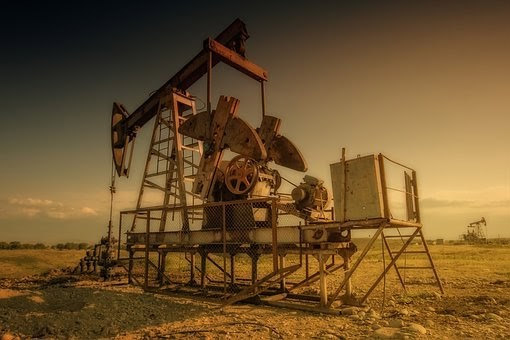
Unfortunately, waste and pollution are inevitable when it comes to the oil and gas industry. Despite this, it is more important to deal with that waste rather than worry about creating it. New technology has been extremely helpful when it comes to waste in the oil and gas industry, with a simple technology called Solids Control.
What is Solids Control?
Solids control is a technique commonly used in oil drilling. These are usually found on oil rigs. Primarily this technology is used to separate solids from drilling mud. This is because solids are created by the crushing of the drill bits. It is important to take these out of the well surface.
Since you are removing solids from the drilling mud, you can recycle the rest of the drilling mud to be used again. This saves costs and also helps with the disposal.
There are other forms of management in the oil industry, but solids control is one of the best methods when it comes to drilling waste. As stated, not only does it save resources, but also helps to minimize the impact on the environment due to oil drilling.
The Different Stages of Solids Control
There are 13 essential parts of the solid control system that work together in harmony to make oil and gas rigging efficiently. The mud tank and shale shaker work to mix the drilling mud, while removing large solids. The hydro clones speed up the settling process and feed to the centrifugal pumps. This provides the volume and pressure that is needed to operate this part of the machine.
Finally, the mud moves to the desander which helps to remove medium-sized solids, while the desilter removes the smaller solids. Once these solids have been removed, the vacuum degasser removes all of the air from the mud before it is shipped to the conveyor system to transport the cuttings.
Now, the centrifuge will recover barite lost and help the process comply with environmental standards before it is shifted to the mud cooler. The cuttings dryer will then remove all of the moisture from cuttings, so that it can go through the dewatering process to remove fine solids, and finally be transported to the containers to be distributed.
Where Does the Waste Fluid Go?
After solids collection is over, there needs to be a place for the waste drilling fluid to go to be disposed of. If the waste is not toxic, then you will not need to treat it further. Despite this, if the waste fluid is made of oil, or is synthetic, then you will need to treat it to avoid negative effects on the environment.
Positive Environmental Impacts
Mud dilution and mud dumping are no longer environmentally acceptable. This is why solids control is so important. It helps you to utilize your fluid again and again, which makes the oil and gas industry more sustainable overall. When you use a solids control system, you are essentially recycling the fluids. You can increase the usable life of the fluid up to three times, which saves money and headache for oil companies.
Contact Diamond T Services for all your solids control needs or questions.